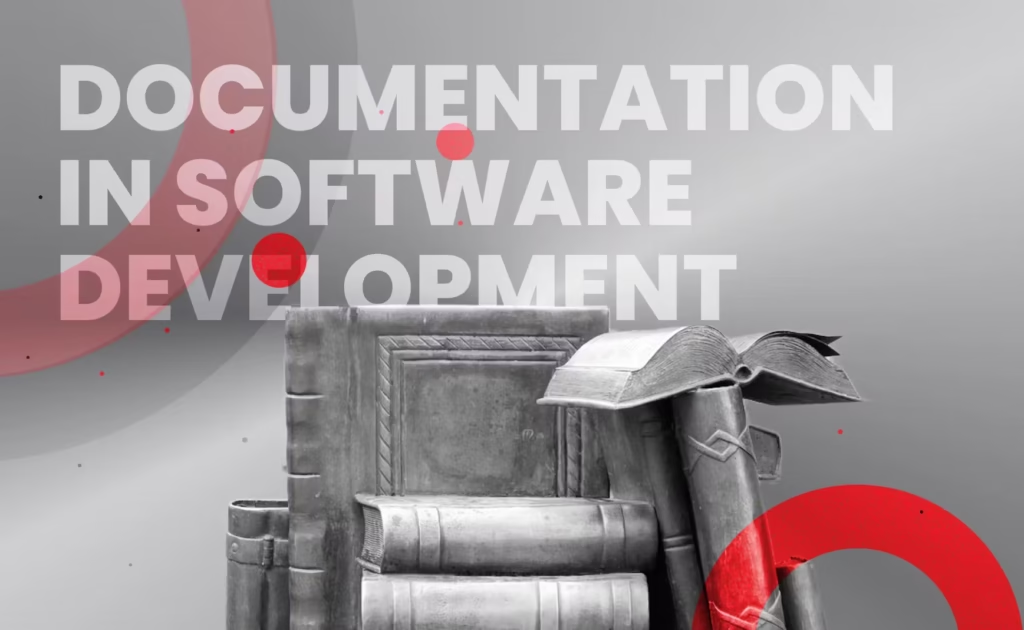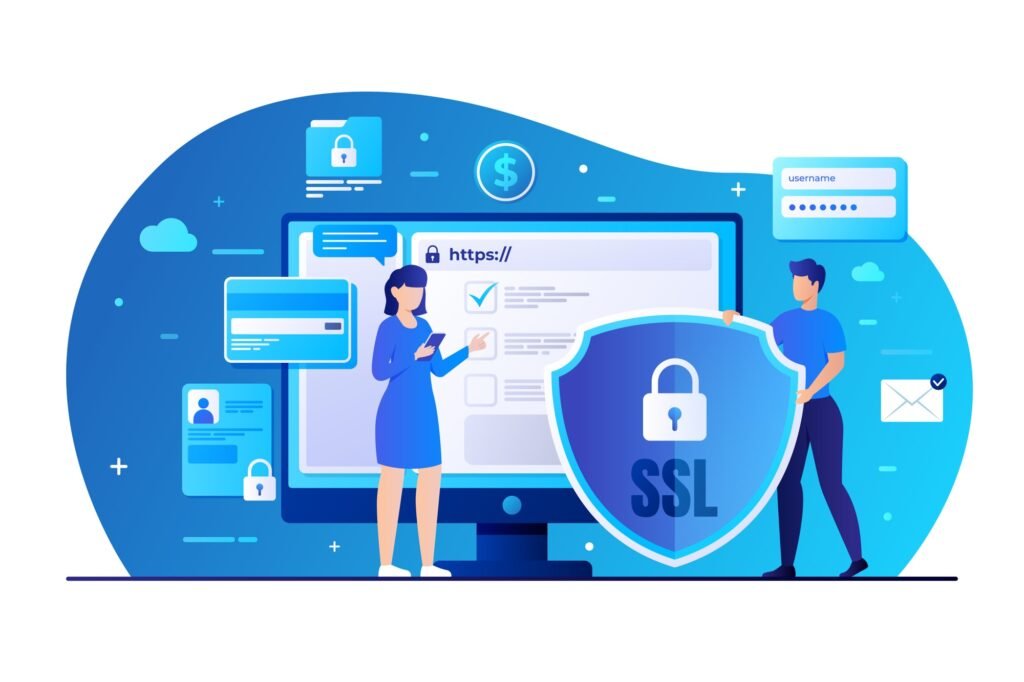In the world of software development, code documentation is often considered an afterthought. However, it plays a vital role in ensuring that a software project remains maintainable, scalable, and understandable. Code documentation refers to written text or comments within code that explains how the code works, its functionality, and the decisions made during its creation. It serves as a guide for future developers, stakeholders, and even the original authors who may need to revisit the code after some time.
In this blog post, we will discuss the importance of code documentation, its types, best practices, and how it contributes to the long-term success of a project.
Why Code Documentation is Crucial
- Enhances Code Readability
Well-documented code is easier to read and understand, even for developers who didn’t originally write it. When documentation provides context for why certain decisions were made, it helps developers grasp the logic and structure of the code quickly. Without documentation, deciphering complex code can become a time-consuming and frustrating process. - Facilitates Collaboration
In large development teams, several developers often work on the same project. Documentation acts as a common point of reference, ensuring that everyone is on the same page. It helps new team members onboard faster and reduces misunderstandings between developers, especially in collaborative environments where code is frequently reviewed, shared, and modified. - Aids in Future Maintenance
Software projects are rarely ever “complete.” Most applications will undergo updates, bug fixes, and new feature additions throughout their lifecycle. If documentation is lacking or unclear, future maintenance becomes challenging and error-prone. Well-maintained documentation ensures that developers can make updates efficiently, without breaking existing functionality. - Serves as Reference for Users and Clients
In some cases, documentation isn’t just for developers—it’s also for end-users or clients who need to interact with the software. API documentation, for example, is critical for developers who need to use or integrate your software in their own projects. It helps ensure that the software is used as intended, minimizing errors and improving user satisfaction. - Reduces Dependency on Individual Developers
Developers may leave a project or company, and undocumented code creates a significant knowledge gap. Good documentation helps prevent situations where only one or two people fully understand the codebase, which can be risky if they are no longer available. It ensures that anyone else can step in and continue work without extensive hand-holding. - Improves Debugging and Testing
Documentation helps in identifying where bugs might be occurring and how to address them. By explaining the flow of the code and its logic, developers can more quickly understand where issues might lie, especially in complex systems. Additionally, test cases and examples in the documentation make it easier to verify that code changes are correct.
Types of Code Documentation
- Inline Comments
Inline comments are brief explanations within the code that describe what specific blocks or lines of code do. These comments are typically used for clarification, especially in complex or non-intuitive sections of the code. However, it’s important not to overuse them, as they should supplement code readability, not replace it. Example:
// Calculate the area of a circle
const radius = 5;
const area = Math.PI * Math.pow(radius, 2); // Formula: πr²- Function and Class Descriptions
These are detailed explanations of what functions or classes do, their parameters, and the expected output. They help other developers understand how to use and interact with these components without needing to study the code in-depth. Example:
def calculate_area(radius):
"""
This function calculates the area of a circle.
Parameters:
radius (int): The radius of the circle.
Returns:
float: The area of the circle.
"""
return 3.14159 * radius * radius- API Documentation
API documentation provides details on how to interact with a software application’s public interfaces, such as methods, endpoints, and parameters. It is essential for developers who want to use or integrate with your API. Good API documentation includes clear examples, descriptions, and even error codes. - ReadMe Files
ReadMe files are often the first point of reference for new developers joining a project or anyone looking to understand the basics of the software. They typically include an overview of the project, installation instructions, usage examples, and contribution guidelines. - Architecture and Design Documentation
This type of documentation explains the overall architecture of the system, including design decisions, flow diagrams, and dependencies. It’s useful for gaining a high-level understanding of the system and how different components interact with each other.
Best Practices for Code Documentation
- Keep It Simple and Clear
The purpose of documentation is to make code easier to understand, not harder. Avoid jargon, and write explanations that are clear and concise. Use examples where necessary to illustrate complex concepts. - Keep It Up to Date
Documentation is only useful if it reflects the current state of the code. Make it a habit to update documentation whenever you modify or add new features to the codebase. - Focus on Key Areas
Not every single line of code needs to be documented. Focus on areas that are complex, non-intuitive, or critical to the system. Explain why certain decisions were made, especially if they involve trade-offs or performance considerations. - Use Tools for Automated Documentation
Tools like Javadoc (for Java), Sphinx (for Python), and Doxygen (for C++) can generate documentation automatically based on comments in the code. This helps ensure consistency and saves time. - Document Edge Cases and Known Issues
Be sure to explain any limitations, edge cases, or known issues with the code. This helps other developers understand potential pitfalls and makes debugging easier. - Encourage Team Documentation Culture
Make documentation part of your team’s development process. Encourage everyone to contribute and maintain documentation, and consider making it a requirement during code reviews.
Conclusion
Code documentation is not just an afterthought or a “nice-to-have” element in software development. It is an essential part of writing maintainable, readable, and scalable code. By improving collaboration, easing future maintenance, and reducing the dependency on individual developers, documentation ensures that software projects can grow and adapt over time.
At Techstertech.com, we place great emphasis on the importance of documentation in all our development projects. Whether you’re building a complex web application or a simple API, our developers follow best practices to ensure the longevity and maintainability of the code.



